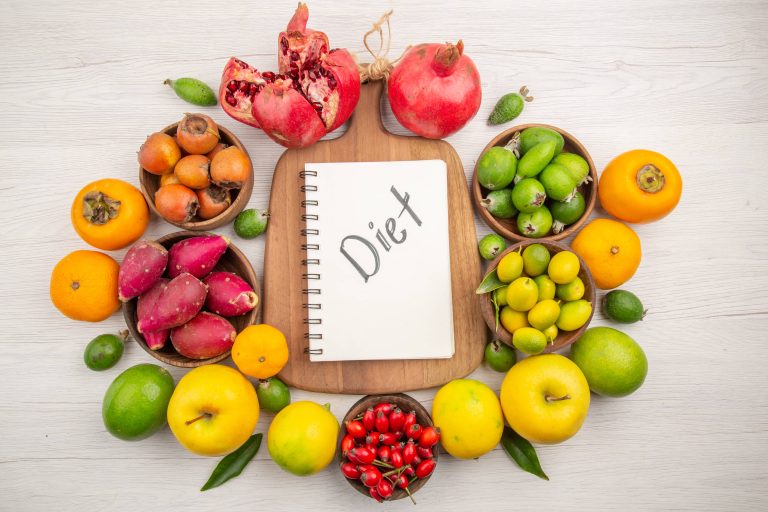
Iron deficiency anemia is a common condition that affects millions worldwide, characterized by fatigue, weakness, and pale skin. This condition arises when the body lacks sufficient iron to produce hemoglobin, the protein in red blood cells responsible for oxygen transportation. While it can affect anyone, certain populations such as children, pregnant women, and individuals with chronic health conditions are at heightened risk. Thankfully, iron deficiency anemia can be managed and prevented through dietary measures. This blog delves into the guidelines for creating a diet rich in iron to stave off anemia, ensuring optimal health and vitality.
Understanding Iron: Heme vs. Non-Heme
Before crafting an iron-rich diet, it is vital to understand the two forms of dietary iron: heme and non-heme iron. Heme iron, derived from animal sources, is more readily absorbed by the body. It can be found in foods such as red meat, poultry, and fish. Non-heme iron, on the other hand, is plant-based and can be found in foods like lentils, beans, and spinach. While non-heme iron is less efficiently absorbed, absorption can be enhanced with certain dietary practices.
Guideline 1: Incorporate a Variety of Iron-Rich Foods
The first step in preventing iron deficiency anemia is to incorporate a wide range of iron-rich foods into your diet. Aim to include the following:
1. Red Meat: Beef, lamb, and pork are excellent sources of heme iron. A small portion of lean red meat a few times a week can contribute significantly to iron intake.
2. Poultry & Fish: Chicken, turkey, and fish such as salmon and tuna are also good sources of heme iron and are often lower in fat compared to red meat.
3. Eggs: An often-overlooked source of heme iron, eggs provide nutrition and can be easily included in various meals.
4. Legumes and Beans: Chickpeas, lentils, kidney beans, and black beans are rich in non-heme iron and also provide fiber and essential nutrients.
5. Dark Leafy Greens: Spinach, kale, and Swiss chard contain non-heme iron and are versatile in meal preparation.
6. Whole Grains: Brown rice, quinoa, and fortified cereals offer an abundance of non-heme iron and are often enriched with additional nutrients.
7. Nuts and Seeds: Almonds, cashews, and pumpkin seeds provide iron as well as healthy fats and proteins.
8. Dried Fruits: Apricots, raisins, and prunes are concentrated sources of iron, making them perfect for snacks or additions to meals.
Guideline 2: Enhance Iron Absorption
Non-heme iron absorption can be significantly affected by the presence of other dietary components. To maximize absorption:
1. Vitamin C: Pair iron-rich foods with vitamin C sources such as citrus fruits, tomatoes, strawberries, or bell peppers to boost non-heme iron absorption.
2. Avoid Calcium and Iron Together: Calcium can inhibit iron absorption. It is advisable to consume calcium-rich foods or supplements at different times from iron-rich meals.
3. Limit Coffee and Tea: Polyphenols and tannins in coffee and tea can hinder iron absorption. Try to avoid drinking these beverages with meals.
Guideline 3: Monitor Iron Needs Based on Life Stage and Health
Iron requirements vary based on age, gender, and health status. It is crucial to tailor your diet to your specific iron needs.
1. Children and Adolescents: During growth spurts, children and teenagers have increased iron needs. Encourage diverse iron-rich foods to support development.
2. Pregnant Women: The demand for iron increases during pregnancy to support fetal growth and increased blood volume. Consult a healthcare provider to discuss supplementation and ensure adequate intake.
3. Pre-menopausal Women: Women lose iron during menstruation and thus have increased needs compared to men of the same age.
4. Vegetarians and Vegans: Those following plant-based diets should be mindful of combining iron sources appropriately and consider fortified foods or supplements as needed.
Guideline 4: Consider Iron Supplementation if Necessary
In some cases, diet alone may not be sufficient to meet iron needs, and supplementation becomes necessary. However, iron supplements should not be taken without consulting a healthcare professional, as excess iron can lead to toxicity and other health issues.
Guideline 5: Regular Monitoring and Consultation
Regular monitoring of iron levels through blood tests can help identify deficiencies early and prevent anemia. Additionally, consulting with a healthcare provider or a nutritionist can provide personalized guidance tailored to individual dietary needs and lifestyle.
Conclusion
Creating a diet rich in iron is paramount in preventing iron deficiency anemia. By incorporating a variety of iron-rich foods, enhancing absorption, and considering individual needs, you can maintain adequate iron levels and support overall well-being. Whether you’re introducing more legumes to your meals or pairing spinach with a vitamin C-rich fruit salad, these mindful dietary choices can make a significant difference in your health journey.
Remember, while these guidelines offer a foundation, individual requirements may vary, and seeking professional guidance can provide the most comprehensive approach to preventing anemia. Prioritize your nutritional needs and take proactive steps to ensure your diet supports your health goals.










